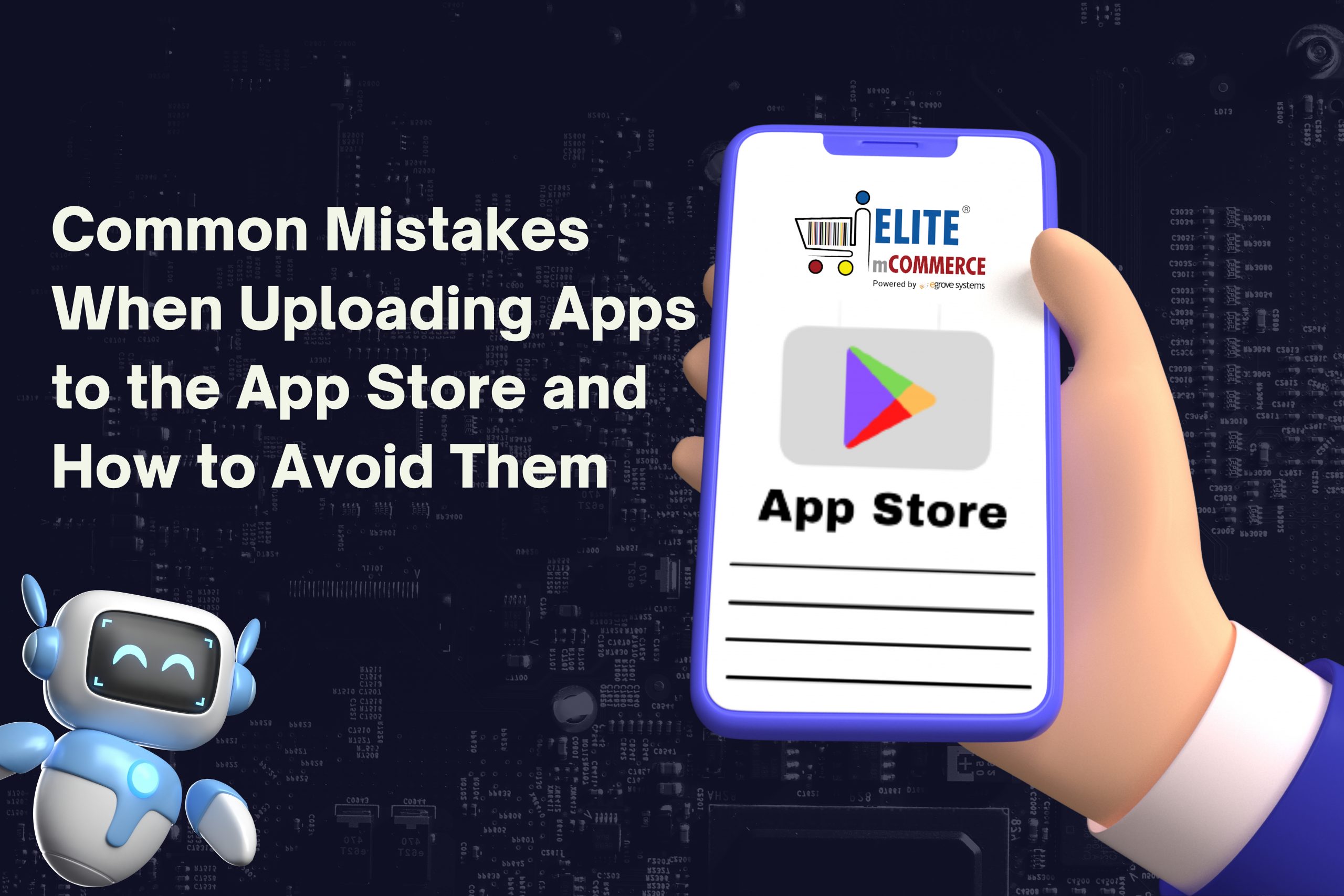Customers looking for the best prices online are increasingly turning to multi-vendor marketplaces as a solution. Retailers who made use of marketplaces reported that 35% of their business was conducted on online marketplaces. However, massive platforms such as Amazon and eBay are the first place where customers look, so multi-vendor marketplaces need to provide the best shopping experience if they want to compete with larger brands and attract vendors. Here are the essential features that can make an online marketplace stand out.
Search and Filtering
Good search functionality is one of the most important features of a marketplace store. It should account for how customers search: some might search for the type of product, while others might be looking for a specific product or brand. 78% of Amazon searches are for non-branded keywords, but consider that your customers may be going to your marketplace trying to find a better deal on something they’ve already been searching for.
For those who want to browse and choose the right product, filtering lets shoppers view a subset of products they are interested in. Sorting by category, brand, vendor, and individual features related to the product category narrows the results to get rid of anything that doesn’t fit, so finding the right product is less overwhelming.
Simplified, Flexible Checkout
Did you know that 56% or more of the digital shopping carts on eCommerce sites are left abandoned by customers? In some cases, they aren’t ready to buy, but in others, they leave items unbought because checkout is too complicated. While encouraging registration is useful, allowing guest checkout as an alternative will retain customers who don’t want to create an account.
Shoppers may also give up on checkout if there are too many screens, if they lose progress and are forced to repeat steps, or if their preferred payment method is not supported. Optimize your checkout process so it doesn’t take too long and supports all payment types that are widely used in your target region.
Mobile-friendliness
Online marketplaces need to display a lot of elements on a page, from images and descriptions to recommended products and shopping cart status. All of that can be hard to show properly on a mobile device screen, but it’s vital to make sure your store is totally accessible to all mobile devices. Ad Colony found that 56% of North Americans prefer shopping on smartphones, and Button reported that from 2018 to 2019 mobile spending increased by 68%.
Optimizing for mobile means using a mobile-friendly site or a responsive design so users can navigate with smaller screens. Clickable elements can’t be too small to hit on a touchscreen and it shouldn’t be possible to add products without meaning to or accidentally lose track of the page when browsing. Marketplaces should have a mobile app as well as a mobile website since app users have a 157% higher conversion rate according to Button’s report.
Shipping Options
Fast and affordable shipping is a factor that may sway many customers’ decisions to buy from a multi-vendor marketplace. Showing estimated shipping times and costs on the product page can influence the customer’s decision early on rather than making them check out to know when their order will arrive. Letting vendors offer free shipping is a good way to attract the attention of shoppers looking for a good deal.
Having a strong compromise between speed and price for shipping is necessary when customers are coming to expect options comparable to Amazon’s 2-day shipping.
Read also: How to start an eCommerce marketplace development from Scratch
Vendor/Customer Communication and Reviews
Product reviews and ratings are valuable for increasing sales since as many as 95% of customers check reviews before making purchases and may go elsewhere to find detailed feedback from other customers. Customers should be able to ask questions about products directly to vendors through the multi-vendor marketplace if they need additional information, and 2-way communication is important so both customers and vendors can initiate conversations if there are issues related to their orders.
Engaging Product Listings
Vendors should be able to provide text descriptions, multiple product images, and even videos if possible to make their products as attractive as possible. They should also be able to list product technical specifications in a clear table rather than as part of the description where it is hard to read.
There are many additional features multi-vendor marketplaces can add to make the user experience better, but focusing on these priorities ensures that a marketplace can stand out and attract customers who will, in turn, bring vendors eager to cater to your audience. While it may seem difficult to compete with the eCommerce giants online, customers are willing to buy from anywhere as long as the price and convenience factors are right.









Add comment